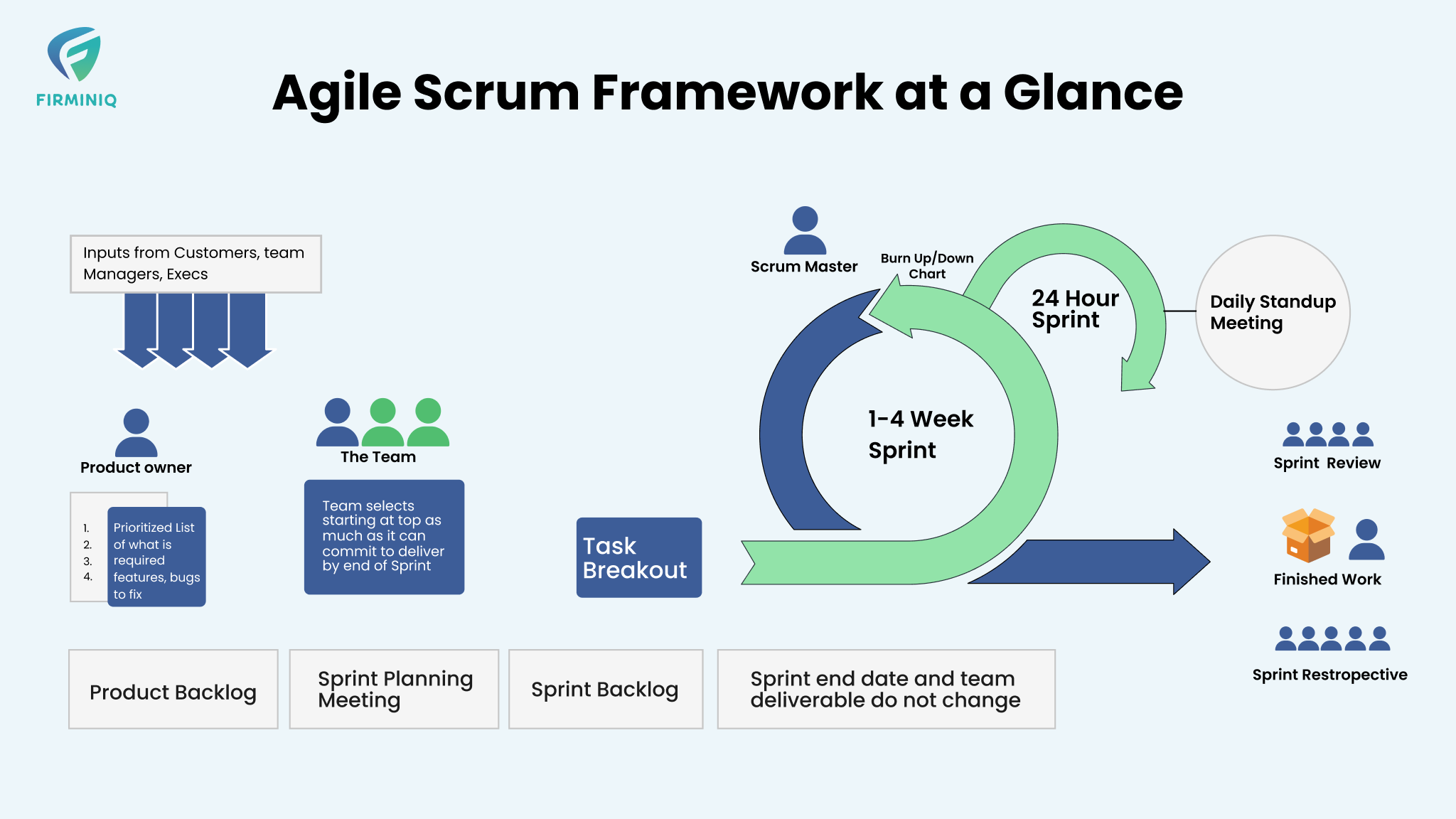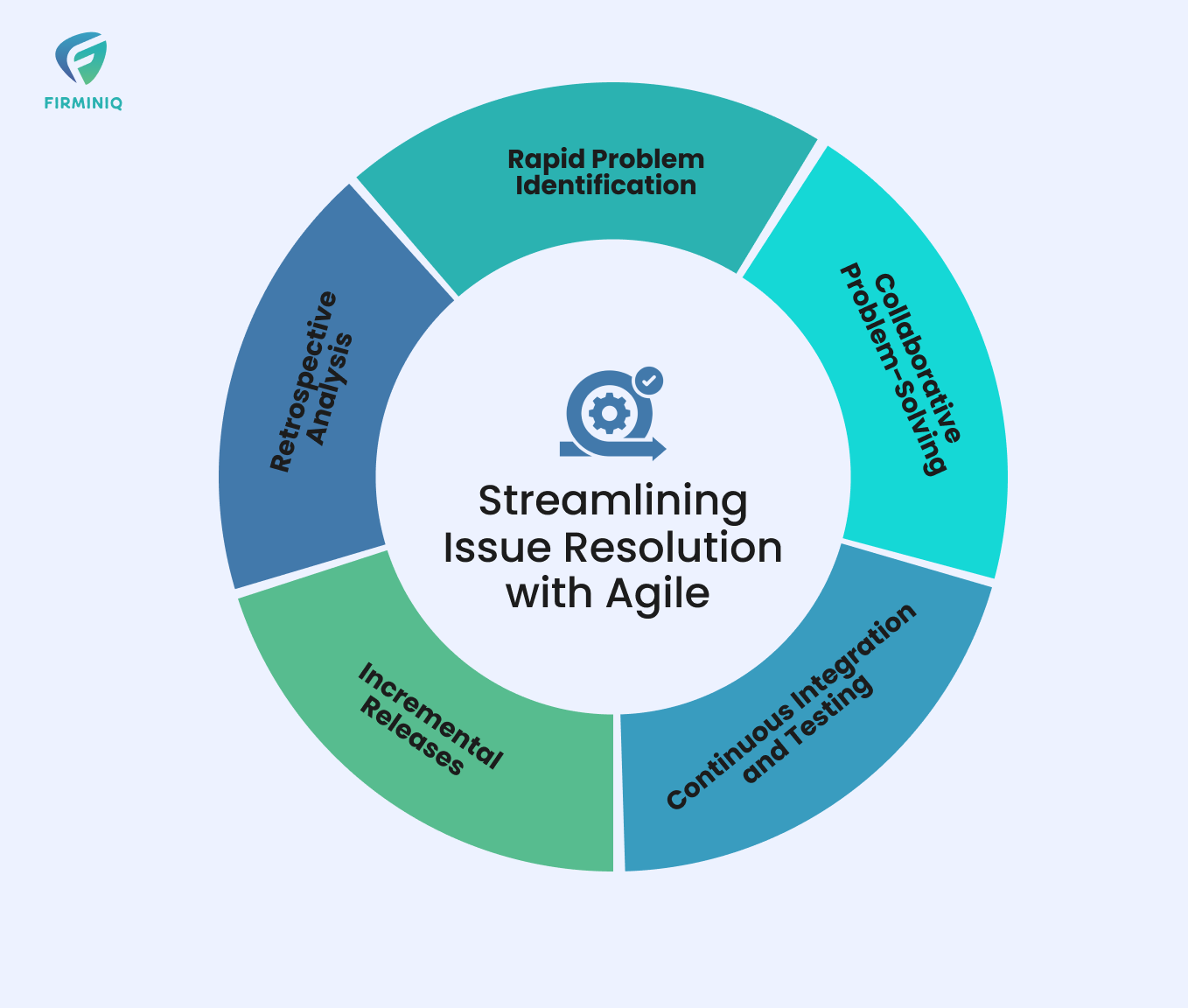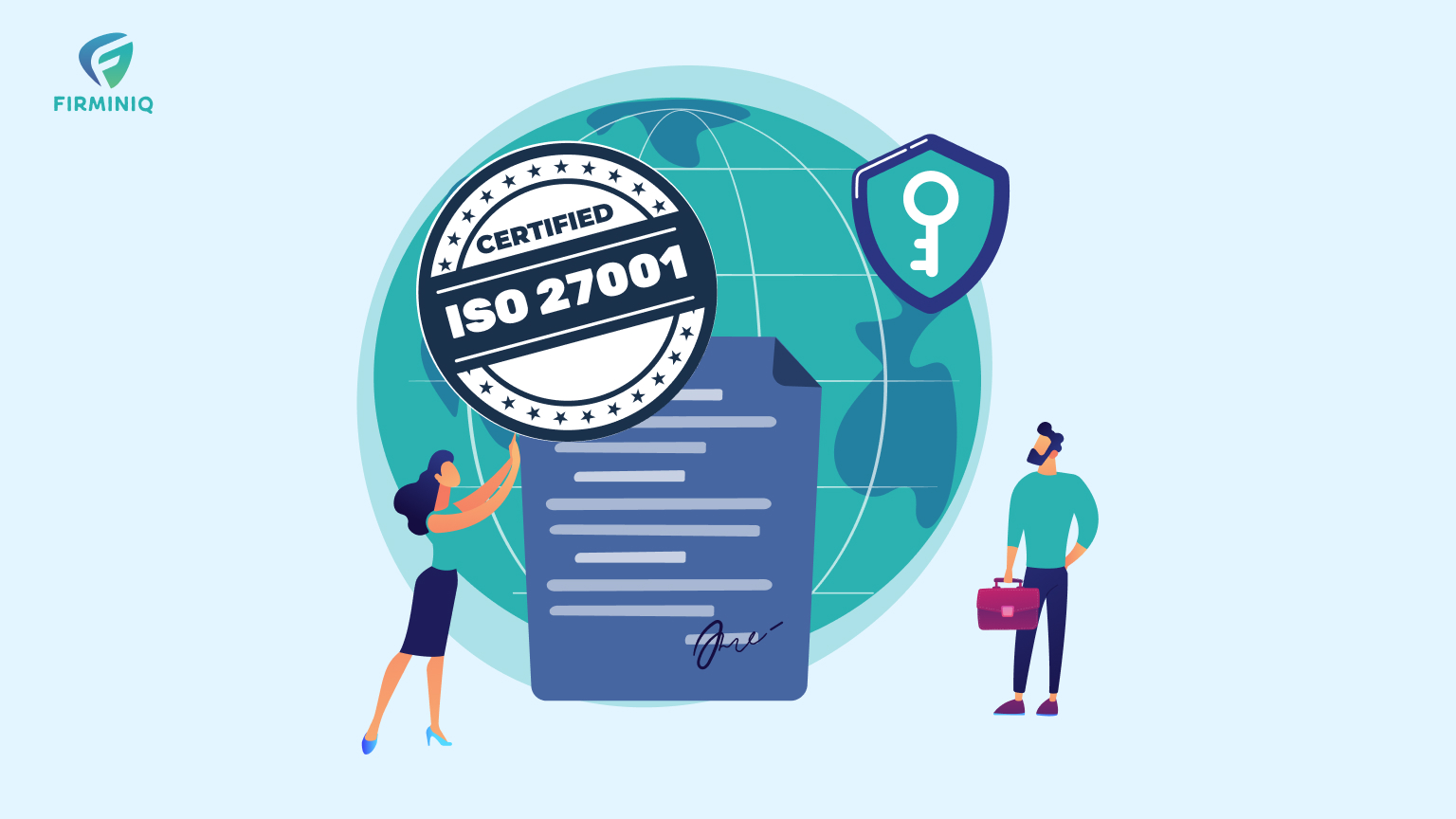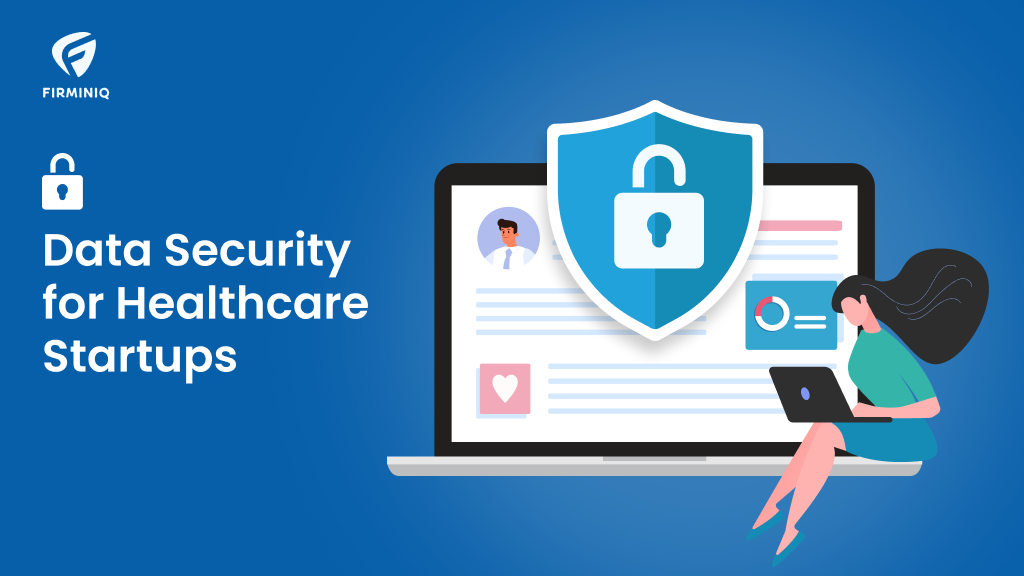In the rapidly evolving field of connected health, developing applications that meet user needs and resolve issues promptly is crucial. Agile processes play a significant role in enhancing customer understanding and streamlining issue resolution, making them ideal for connected health app development. This blog explores how Agile methodologies improve customer insights and foster more efficient problem-solving, ultimately leading to superior health apps.
Understanding Agile Processes in Connected Health App Development
Agile methodology is an iterative approach to project management and software development. It emphasizes flexibility, collaboration, and continuous improvement. In connected health app development, Agile involves breaking down the development process into small, manageable increments called sprints. Each sprint typically lasts between one to four weeks and focuses on delivering a working segment of the app.
Key Principles of Agile that Benefit Connected Health App Development
1. Customer Collaboration: Involving customers and end-users throughout the development process to ensure the app meets their needs.
2. Iterative Development: Continuously refining and improving the app based on user feedback and testing results.
3. Adaptive Planning: Adjusting plans and priorities based on evolving requirements and market conditions.
4. Cross-functional Teams: Bringing together diverse expertise to foster innovation and comprehensive problem-solving.
Enhancing Customer Understanding through Agile
Continuous User Engagement:
Agile processes bring users closer to the reality of product development, leading to better development outcomes through ongoing interaction with users. By involving customers early and often, developers gain deep insights into user preferences, behaviors and pain points. Regular feedback sessions, user interviews, and beta testing phases allow developers to gather valuable information directly from the end-users.
Iterative Feedback Loops:
Each sprint in an Agile process ends with a review where users provide feedback on the latest version of the app. This iterative feedback loop ensures that any misalignment with user needs is quickly identified and addressed. It also allows developers to make incremental improvements, enhancing the app’s usability and functionality over time.
User Stories and Personas:
Agile teams use user stories and personas to understand and prioritize features from the user’s perspective. User stories describe what users want to achieve with the app, while personas represent typical users with specific characteristics and needs. These tools help keep the development process focused on delivering user value.
Leveraging Real-time Analytics and Monitoring:
While not a core aspect of Agile development itself, integrating real-time analytics and monitoring tools can greatly enhance the benefits of Agile methodologies. These tools track how users interact with the app, providing actionable insights into user engagement, feature usage, and potential areas for improvement. By analyzing these metrics, developers can make informed decisions to enhance the app’s user experience. The iterative nature of Agile allows teams to quickly implement changes based on these insights, ensuring that the app evolves in alignment with user needs and behaviors.
Streamlining Issue Resolution with Agile
1. Rapid Problem Identification
Agile’s iterative nature allows for the early detection of issues. Each sprint includes testing phases where potential problems are identified and documented. This proactive approach ensures that issues are caught and addressed before they escalate.
2. Collaborative Problem-Solving
Agile promotes a collaborative environment where cross-functional teams work together to resolve issues. Developers, designers, testers, and other stakeholders share their expertise to find the best solutions. Daily stand-up meetings ensure that everyone is aware of ongoing issues and can contribute to their resolution.
3. Continuous Integration and Testing
Agile emphasizes continuous integration and testing, which means that code changes are frequently merged and tested. This practice helps identify defects and issues early in the development cycle, reducing the risk of major problems in the final product. Regular testing also ensures that new features integrate smoothly with existing ones.
4. Incremental Releases
Agile allows for incremental releases, meaning new features and fixes can be rolled out regularly rather than waiting for a major release. This approach ensures that users receive timely updates and improvements, enhancing their overall experience with the app. It also allows developers to address issues promptly based on user feedback.
5. Retrospective Analysis
After each sprint, Agile teams conduct retrospectives to review what went well and what didn’t. This analysis helps identify recurring issues and areas for improvement. By continuously learning from past experiences, teams can refine their processes and prevent similar problems in future sprints.
Case Study: Agile in Action for a Connected Health App
Let’s consider a hypothetical case of developing a connected health app designed to monitor chronic conditions like diabetes. The Agile process might involve the following steps:
Initial Planning:
Create user stories based on input from patients, doctors, and caregivers. Develop personas to represent different user types (e.g., elderly patients, tech-savvy young adults, healthcare providers).
First Sprint:
Develop a basic version of the app with core functionalities such as glucose monitoring and medication reminders. Conduct user testing with a small group of patients to gather initial feedback.
Review and Feedback:
Collect feedback from users about the app’s usability and effectiveness. Identify any issues or areas for improvement.
Subsequent Sprints:
Address the feedback by making necessary adjustments and adding new features like diet tracking and exercise logging. Continue iterative testing and user engagement to refine the app.
Continuous Improvement:
Use real-time analytics to monitor app performance and user interactions. Implement updates based on ongoing feedback and new health guidelines.
Deployment:
Release incremental updates to ensure users always have access to the latest features and improvements.
Conclusion
Agile processes enhance customer understanding and issue resolution in connected health app development by fostering continuous user engagement, iterative feedback, and collaborative problem-solving. By adopting Agile methodologies, healthcare developers can create apps that are not only functional and reliable but also closely aligned with user needs. This approach ensures that connected health apps deliver the best possible outcomes for patients, providers, and other stakeholders in the healthcare ecosystem.
If you’re looking to develop a connected health app that leverages Agile methodologies for superior user understanding and issue resolution, consider partnering with experts who can guide you through the process. With the right approach, you can create innovative health solutions that truly make a difference.






